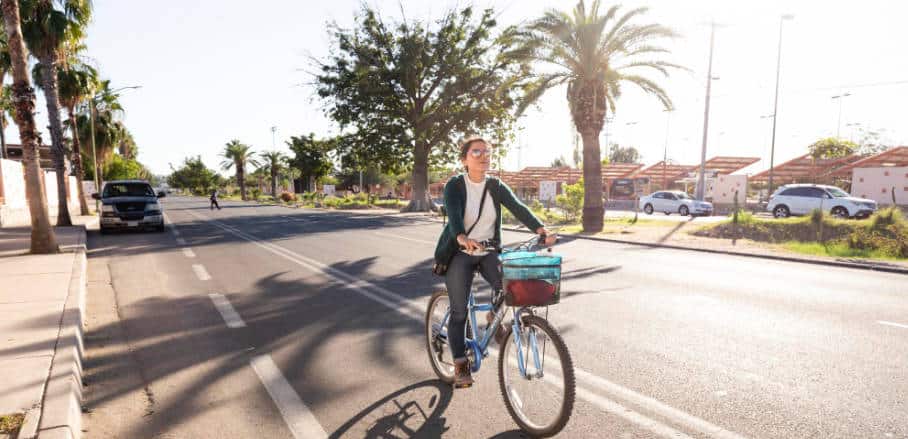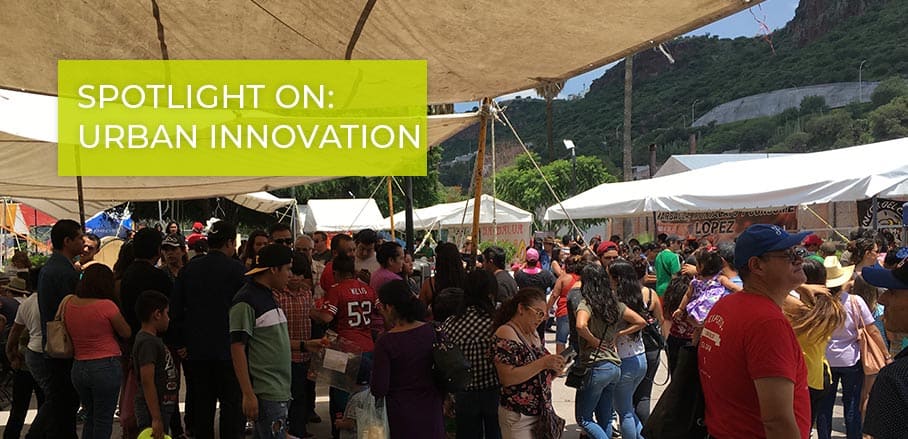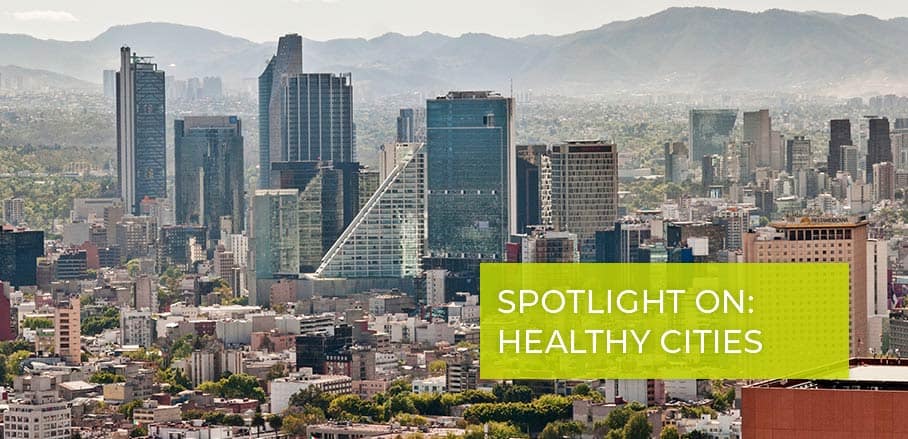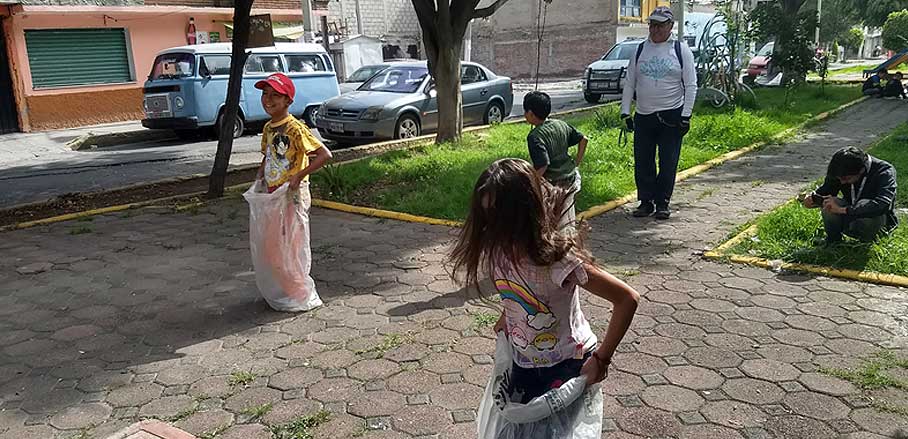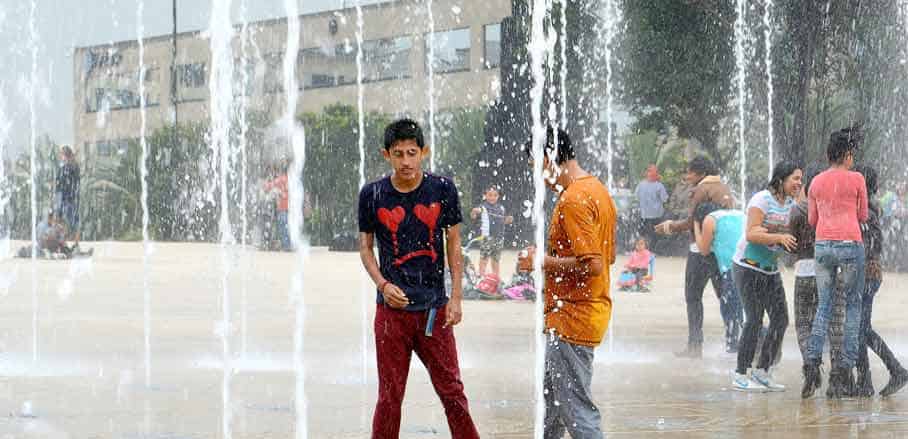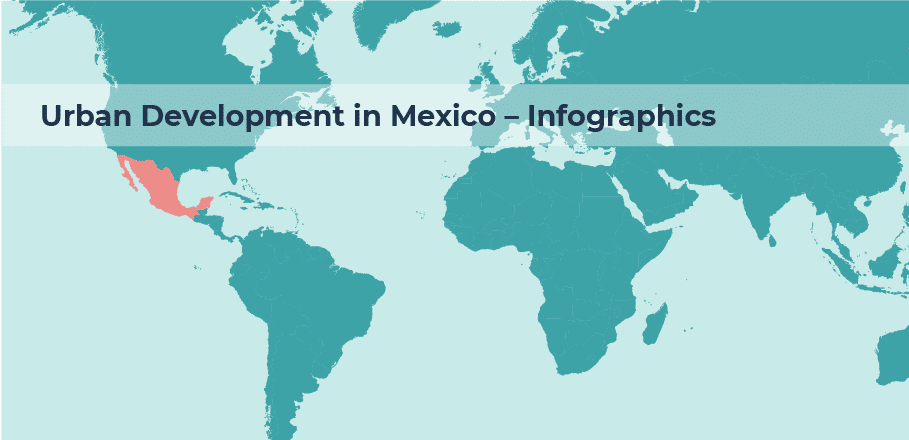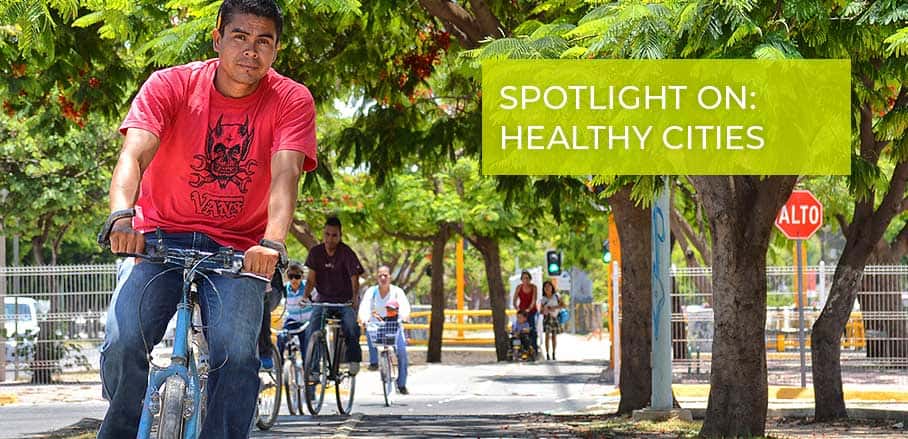Cycling in the Heat: Overcoming Challenges and Promoting Sustainable Mobility
Hot weather conditions can discourage urban dwellers from biking. Mathias Merforth introduces inspiring city approaches that promote cycling despite the obstacles faced. Join the ride!
